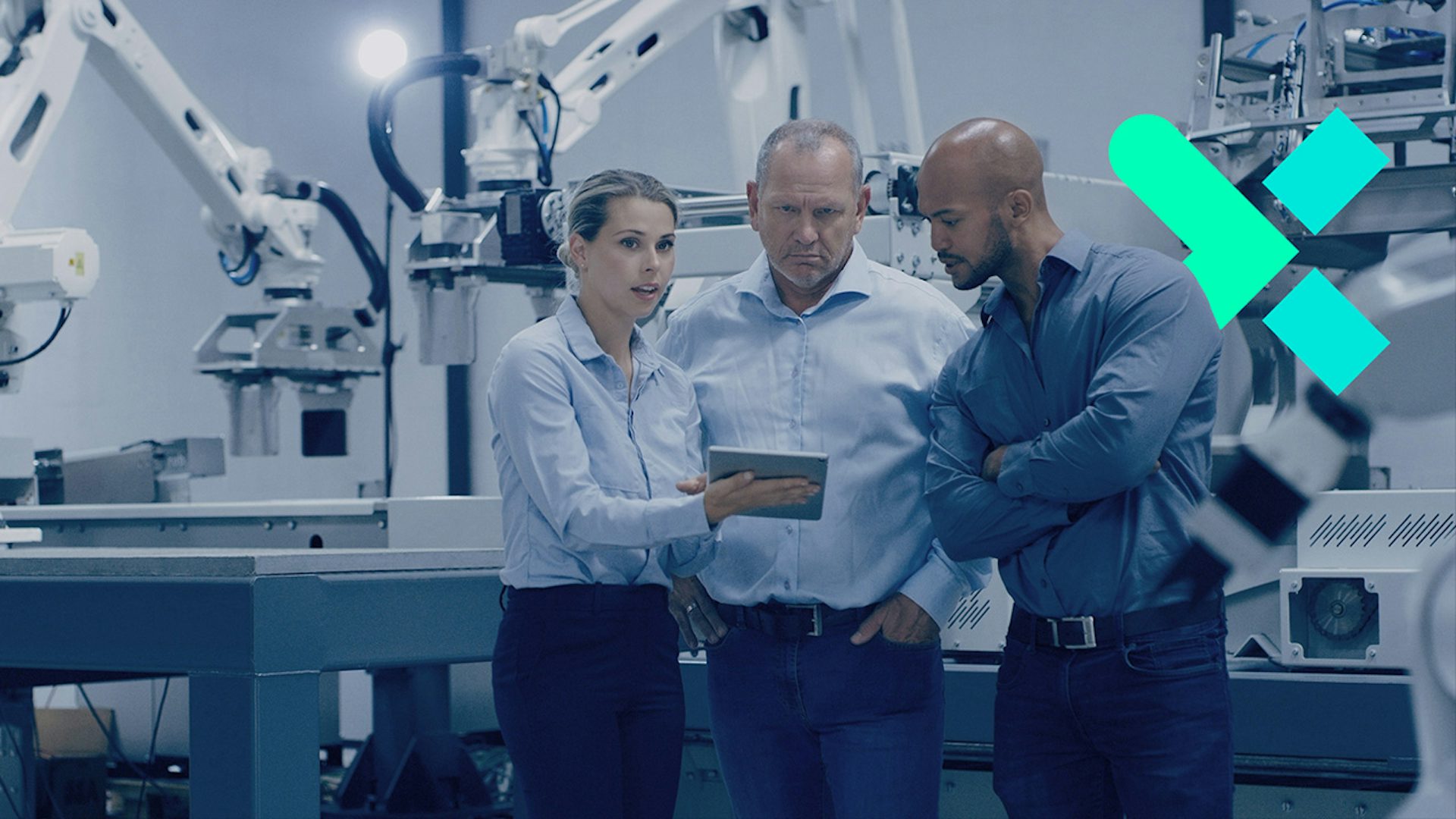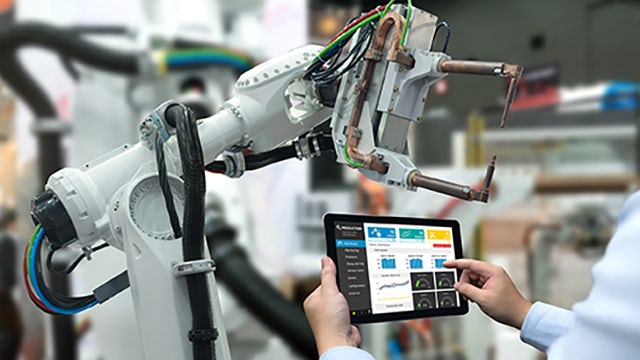Willkommen in Ihrer digitalen Zukunft
Ihre digitale Transformation beginnt mit Software as a Service (SaaS). Seien Sie innovativ ohne Grenzen, wenn Sie Ihrem Team Zugriff auf On-Demand-Funktionen gewähren. Erfahren Sie mehr über Siemens Xcelerator und besuchen Sie unseren Blog zur Siemens Xcelerator Software für die Industrie, um mehr über unsere Cloud-Services zu erfahren.
Beschleunigen Sie Ihre digitale Transformation
Siemens Xcelerator ist ein umfassendes, integriertes Portfolio von Software, Services und Entwicklungsplattformen, das konzipiert wurde, um Unternehmen jeder Größe dabei zu helfen, ein digitales Unternehmen zu werden. Diese cloudbasierten Lösungen sind über Siemens Xcelerator as a Service verfügbar, um die digitale Transformation schneller umsetzen zu können.
Flexibel
Ermöglichen Sie Teams unabhängig vom Projektumfang die On-Demand-Zusammenarbeit über eine Plattform, die Daten über Konstruktionsbereiche und -lösungen sicher vernetzt. Die Freiheit zur Innovation liegt bei Ihnen, wenn Sie fortschrittliche Software nutzen können.
Leicht zugänglich
Unternehmen jeder Größe können auf die Tools zugreifen, die sie benötigen, wenn sie sie brauchen, und so sicherstellen, dass Teams von überall und zu jeder Zeit von einer einzigen Quelle der Wahrheit aus arbeiten. Die Zugänglichkeit bricht Datensilos auf und verbessert die Effizienz.
Skalierbar
Unsere SaaS-basierten Cloud-Lösungen ermöglichen es allen Branchen und Märkten, schnell zu skalieren und sich an dynamische Geschäftsumgebungen anzupassen. Implementieren Sie neue Technologien schnell und kostengünstig basierend auf Ihren Bedürfnissen.
Nutzen Sie den Wert von Siemens Xcelerator as a Service
Mit Siemens Xcelerator as a Service können Sie Produkte schneller konstruieren, schneller auf den Markt bringen und mit jeder Iteration optimieren.
Unabhängig von der Unternehmensgröße oder Branche können Sie unsere fortschrittliche, Cloud-basierte Technologie sowohl vor Ort als auch extern nutzen, um Inspiration in Innovation umzuwandeln.
Steigern Sie die Produktivität mit SaaS-Branchenanwendungen
Greifen Sie auf unsere flexiblen, speziell entwickelten, cloudnativen Anwendungen zu – überall und jederzeit. Kleine und mittelständische Unternehmen können jetzt mit benutzerfreundlicher Cloud-Fertigungssoftware für die einfachsten bis hin zu komplexen Cloud-Engineering-Lösungen skalieren, zusammenarbeiten und die Produktivität über alle Teams, Lieferanten und Kunden hinweg steigern.

Produkte von Siemens Xcelerator ansehen
Führen Sie mehrere Cloud-basierte Computing- und Softwarebereitstellungsmodelle mit unseren weltbekannten Softwareangeboten aus, die in der Cloud verfügbar sind. Unser Cloud-fähiges Portfolio bedient eine Vielzahl von Industrie- und Gewerbekunden und ermöglicht es engagierten Teams, über SaaS-Anwendungen in einem Tempo aufzubauen und zu skalieren, das ihren Geschäftszielen problemlos entspricht.

Zugriff über die Cloud, jederzeit und überall
Was bedeutet es, mit der Cloud verbunden zu sein? Ihr Team erhält sofortigen Zugriff von überall und jederzeit über den Internetbrowser. Greifen Sie auf Echtzeitdaten zu und führen Sie komplexe industrielle Herausforderungen aus, testen und simulieren Sie sie. Nutzen Sie unseren umfassenden digitalen Zwilling besser und profitieren Sie von den neuesten Software- und Datensicherheitsangeboten. Amazon Web Services (AWS), unser Partner, bietet eine Vielzahl von Cloud-angebundenen Lösungen von Siemens an.

Digitale Transformation: Was sagen die Experten?
Sehen Sie sich an, wie Experten über Siemens Xcelerator Cloud und die Vorteile von SaaS, Cloud Computing in Unternehmen und die Implementierung der besten Cloud-Management-Software und digitalen Praktiken in jedem Unternehmen sprechen.
Siemens Xcelerator Video-Playlist
1 / 7
Siemens Xcelerator Video-Playlist
1 / 7
Besuchen Sie die Website Siemens-AWS-Partnerwebsite
Die digitale Transformation ist mit der Partnerschaft zwischen Siemens und AWS jetzt zugänglicher, flexibler und skalierbarer. Die Zusammenarbeit zwischen dem führenden Unternehmen für Industriesoftware und dem Anbieter von Cloud-Services spielt eine Schlüsselrolle bei einer Vielzahl von Kunden aus einer Vielzahl von Branchen, die sich der Digitalisierung verschrieben haben.
Entdecken Sie, wie Siemens Xcelerator as a Service Ihren Teams die Freiheit gibt, ohne Grenzen zu arbeiten.

Erfahren Sie, was diese erstklassige Technologie für Sie tun kann
Transformieren Sie mit erstklassiger Technologie für künstliche Intelligenz (KI) und maschinelles Lernen (ML), Cloud-Angeboten für die Automatisierung des elektronischen Designs (EDA), industriellem Internet der Dinge (IIoT) und Low-Code-Anwendungsplattformen.
Jedes Unternehmen in jeder Branche kann unsere fortschrittliche Technologie nutzen.











